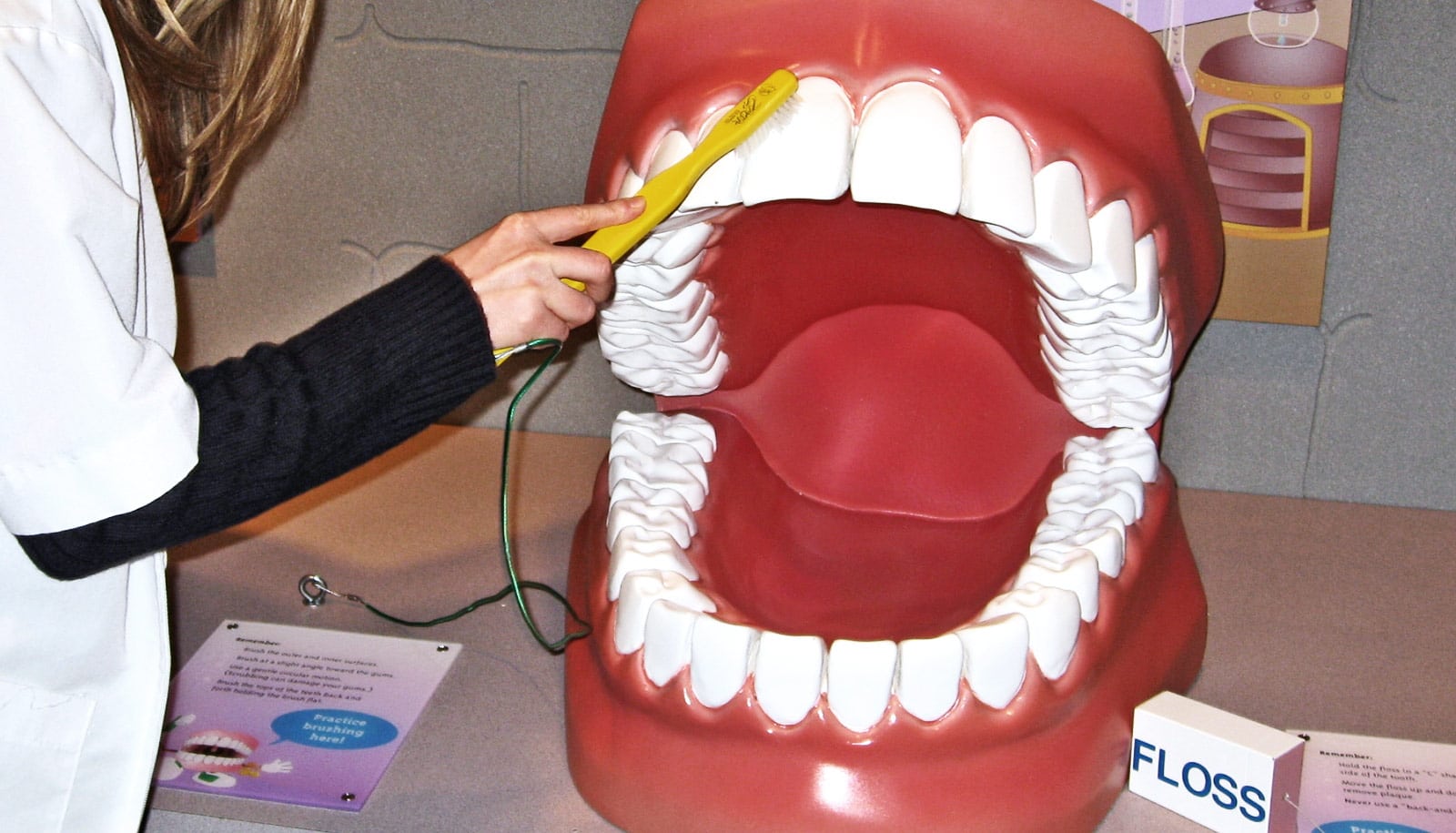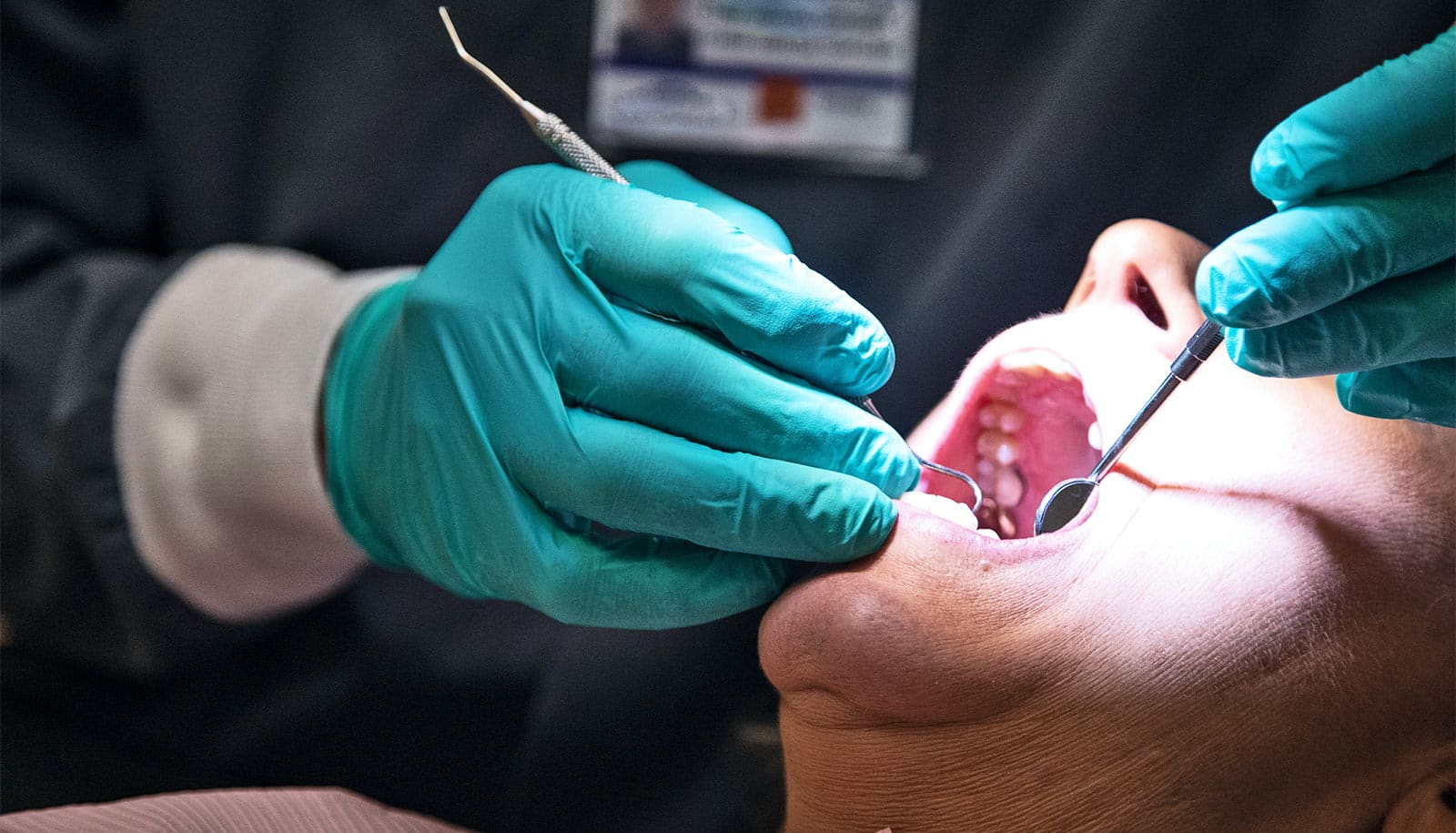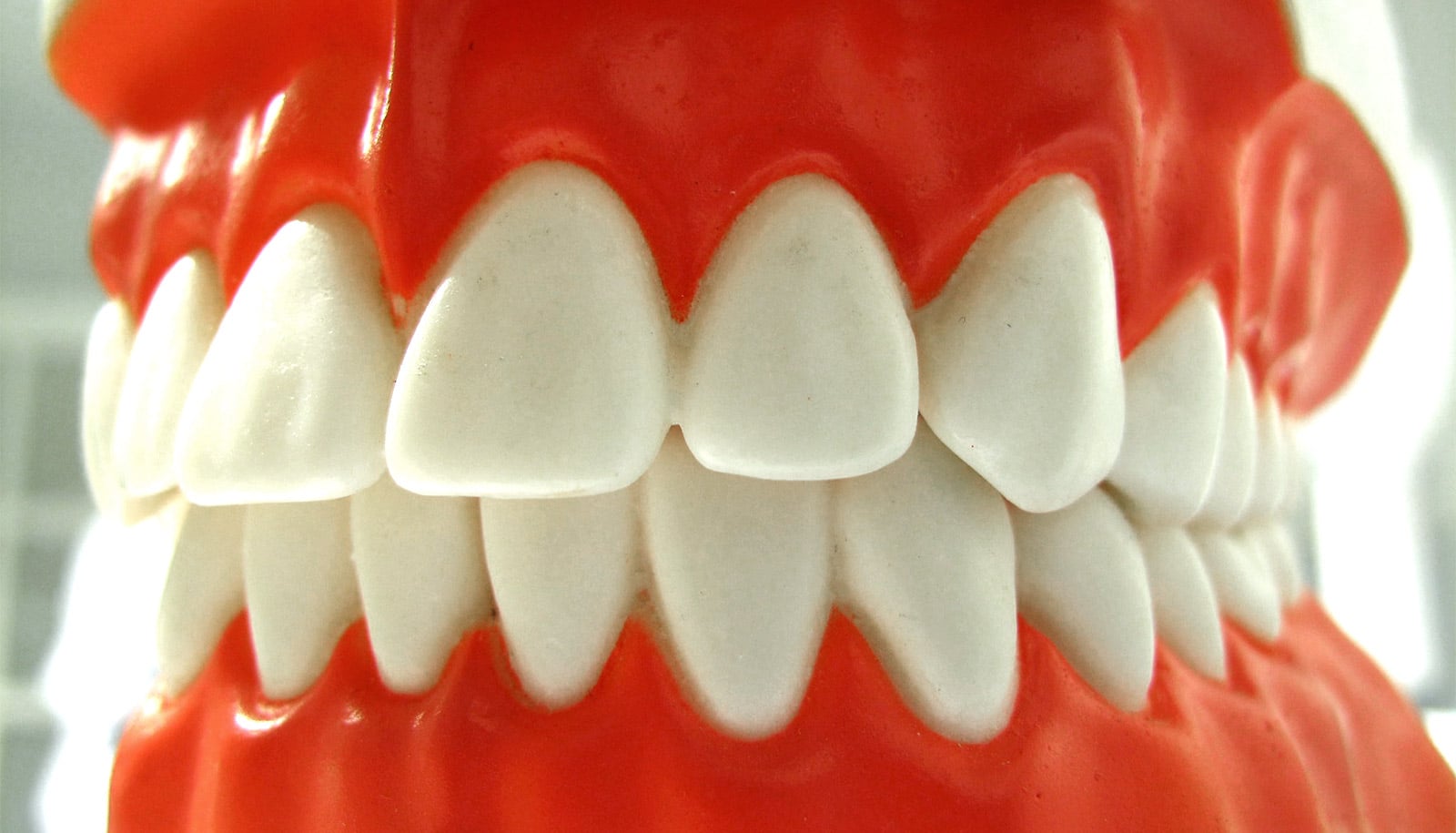The use of heartburn medication is associated with decreased severity of gum disease, according to a new study.
The researchers found that patients who used proton pump inhibitors (PPIs)—a class of drugs commonly prescribed to treat heartburn, acid reflux, and ulcers—were more likely to have smaller probing depths in the gums (the gap between teeth and gums). When gums are healthy, they fit snuggly against the teeth. However, in the presence of harmful bacteria, the gap deepens, leading to inflammation, bone loss, and periodontitis, also known as gum disease.
The findings in Clinical and Experimental Dental Research may be linked to the side effects of PPIs, which include changes in bone metabolism and in the gut microbiome, says lead investigator Lisa M. Yerke, clinical assistant professor in the periodontics and endodontics department in the School of Dental Medicine at the University at Buffalo.
“PPIs could potentially be used in combination with other periodontal treatments; however, additional studies are first needed to understand the underlying mechanisms behind the role PPIs play in reducing the severity of periodontitis,” says Yerke.
The study sought to determine whether a relationship exists between PPI use and gum disease. The researchers analyzed clinical data from more than 1,000 periodontitis patients either using or not using PPIs. Probing depths were used as an indicator of periodontitis severity.
Only 14% of teeth from patients who used PPIs had probing depths of 6 millimeters or more, compared to 24% of teeth from patients who did not use the medication. And 27% of teeth from patients using PPIs had probing depths of 5 millimeters or more, compared to 40% of teeth from non-PPI users, according to the study.
The researchers theorized that PPIs’ ability to alter bone metabolism or the gut microbiome, as well as potentially impact periodontal microorganisms, may help lessen the severity of gum disease.
Additional studies are under development to determine if this relationship can be found in other populations of patients with gum disease, and to learn to what extent the relationship can be directly attributed to PPIs, Yerke says.
Source: University of Buffalo



